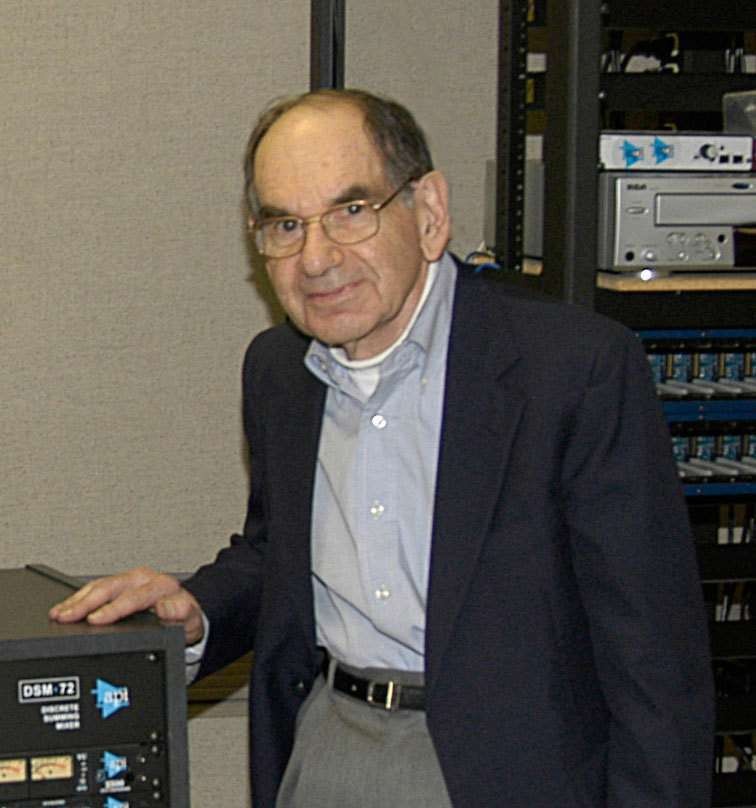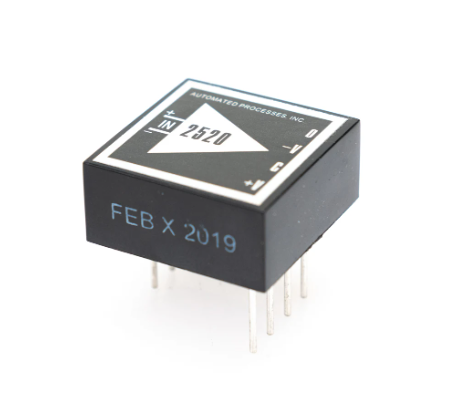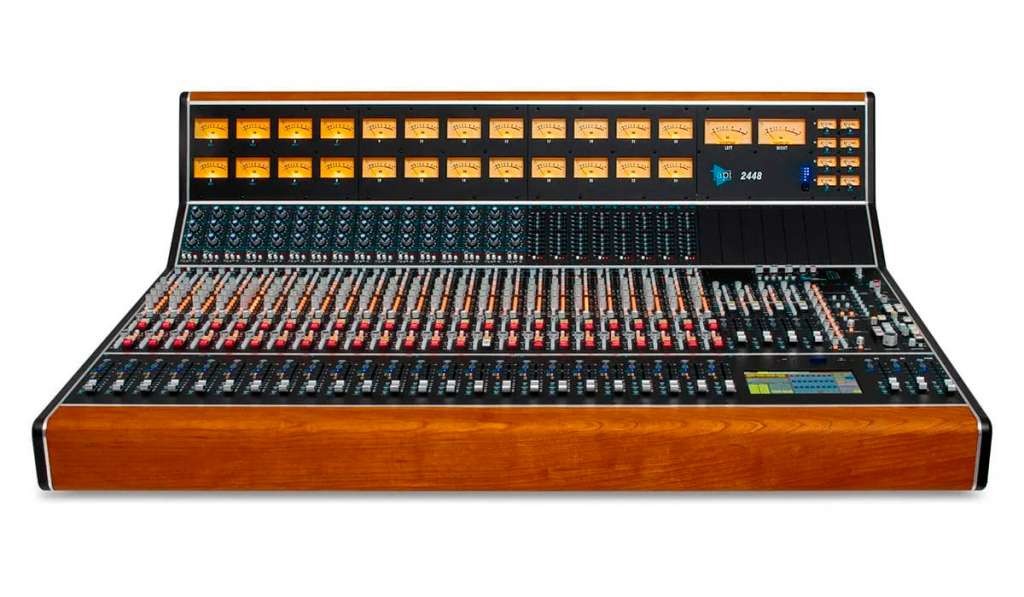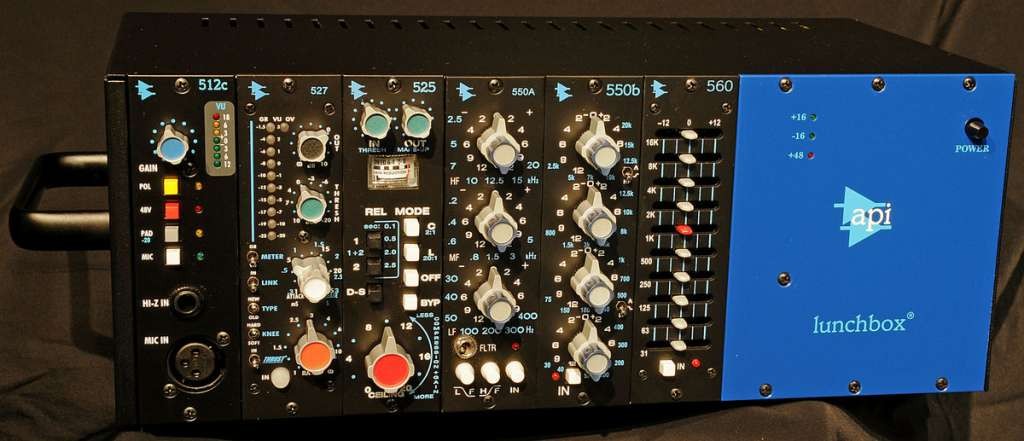Recording, Mixing and Mastering
Published on 07/02/2023

Saul Walker’s name is definitely associated with the history of the American sound. He worked in many fields and with different companies but his name is undoubtedly linked to API Audio.
In 1969, Automated Processes Incorporated (API) was formed by engineers and musicians who shared a common vision: to create the highest possible quality professional audio gear, and then back it up with excellent customer service.
More than 50 years later, that vision is stronger than ever and remains an integral part of API's extraordinary success.
API's contributions over the years to the audio community are relevant and some of them are milestones in the progress of the audio technology.
The inspired genius of API Founder, Saul Walker, greatly influenced the design and realization of everything, from the largest recording console to the smallest internal component.
API is still continuing its tradition of manufacturing analog recording equipment to pursue unmistakably warm analog sound.
Mr. Walker was a pioneer in the pro audio industry, an influential teacher, and an exceptional man.
 Saul Walker
Saul Walker
He began his career as an Electronics Engineer for the US Navy, where his successful designs prompted him to co-found API in 1968.
He went on to transform the audio world with products such as the API 312 mic preamp, 325 line driver, 512 mic preamp, the 550 EQ, 1604 console, the world-renowned 2520 Op Amp and much more.
Mr. Walker's incredible talent and creativity helped establish API as an industry powerhouse, and after nearly 50 years, his groundbreaking designs are still the backbone of API.
The Audio Engineering Society awarded Mr. Walker a fellowship in 1979 for his innovative console system designs, and in 2011, he received the prestigious AES Silver Medal Award for "decades of innovative analog designs that have raised the bar on audio quality while offering solutions that empower the creative side of all audio engineers."
After his time at API, Mr. Walker continued to lend his brilliance to companies such as Otari, Mitsubishi Pro Audio Group, and Anchor Audio, among others, before dedicating himself to teaching.
Saul became an Adjunct Professor of Music Technology at New York University in 2006 and lectured at Schulich School of Music, McGill University, and the Peabody Institute of the Johns Hopkins University.
He passed away in 2016 leaving to the API Company his heritage that can be condensed in the following sentence:
"In the late 60's I co-founded API. Back then, we had a simple plan: build the best sounding audio gear, use superior components, and give the customer the best warranty in the business. Four decades later, API is still faithful to my vision. The designs remain true to my original circuits. I don't own API any more. But I'm still proud of it."
The Company was a deep influencer of the audio technology progress, its achievements (which were greatly influenced when not directly implemented by Mr. Walker) are summarized as follows:
1967 First API console sold to Apostolic Studios in New York City
1968 API co-founder Saul Walker creates the 2520 Discrete Circuit
 API 2520 discrete Op Amp
API 2520 discrete Op Amp
This is the first key step in audio processing evolution. Here Saul Walker could use his experience in miniaturization acquired during the US Navy period to develop a discrete operational amplifier that suddenly became the base of the API sound.
1969 Saul Walker pioneers modular design with the introduction of the 500 Series modules.
This was another big step as it allowed to transfer the concept of modularity (probably still learned while working with military technology) to the audio hardware.
Modular devices, in case of failure, can be easily put back to work by simply replacing the failed modules.
All repair activities are then to be performed offline without influencing the product’s operation.
This means that audio engineers and musicians could be concentrated in making music without being disturbed by possible failures of the equipment.
1969 API introduces the 500 EQ - one of the first 500 Series modules
 550A Equalizer for 500 Series
550A Equalizer for 500 Series
This equalizer (now available as 550A version) uses the 2520 OpAmp (as almost every device in the 500 series) and the API output transformer combined with filtering networks directly designed by Saul Walker.
The settings are fully recallable thanks to the fully stepped selector. The choice of the filter’s frequency and the adaptive Q circuitry (the filter’s Q increases with the applied gain) made the sound of this equalizer particularly musical and usable in every situation.
An instant success that is still in production after more than 50 years.
1969 First commercial console shown at AES in the fall of 1969, sold to Sound Ideas
The modular concept was, obviously, applied to the big consoles produced by API. The sound is organic, full, warm and “in your face” as we are used to thinking of the American sound that is greatly influenced by the API’s consoles.
 An example of modern API console (2448) with 550A and 560 modules installed
An example of modern API console (2448) with 550A and 560 modules installed
1969 API develops and manufactures first conductive plastic faders
1970 Les Paul purchases one of the first modular API consoles
1971 The 550A is added to the 500 Series
1973 Released the first computerized console automation systems for the control of fader levels
1974 API produces the first computer-programmable console with automation of EQ, sends, pans and faders. Far ahead of its time, the system was eventually called Total Recall
1974 Saul Walker invents the first Voltage Controlled Amplifier (VCA)
1974 The company develops one of the first tape synchronizer systems
1977 Develops first microprocessor based crosspoint intercoms for use in broadcast and production, which become the basis for the discrete series bus assignment system.
1985 API lunchbox® officially begins production
 API Lunchbox
API Lunchbox
This is another important step because, with the API lunchbox®, the API modules became available as outboards to be connected to other brand’s audio systems.
1999 Larry Droppa of Audio Toys, Inc. (ATI) acquires API
2000 Patented THRUST® circuit is adapted from ATI designs and introduced in the 2500 stereo bus compressor rack mount unit.
The THRUST® circuit filters the sidechain path to avoid the system being too sensitive to lower frequencies. This enables for better compression results in the bus or mastering processing.
2006 API initiates the VPR Alliance, which encourages other companies to develop compatible modules for the 500 Series
This step was a real revolution in the audio world. With the VPR specs available to everyone the hardware processing market revamped after a period of decline due to the software processing advent.
Many Companies joined the alliance and, since then, high quality hardware processing was finally available to Project and even Home studios.
2007 Blackbird Studio purchases the largest Legacy Plus console ever built, at 96 channels
2010 The lunchbox® receives official trademark registration
2011 API collaborates with Waves to introduce the first licensed versions of API-modeled software. API software plugins quickly become the best-selling collection in the Waves line.
2011 Universal Audio introduces API-authorized plug-ins
2013 API's smallest footprint console THE BOX® is introduced at AES
2019 API releases the 550A and 312 50th Anniversary Edition modules with a limited run and gold Faceplate celebrating API's Golden Anniversary. This happened to celebrate the legacy with the designer, Saul Walker, who passed away just three years before.
2019 API co-founder Saul Walker receives posthumous Technical GRAMMY® Award.
The award represented the Audio World recognition of the enormous contribution that Saul Walker left to all of us.
The sound of API hardware is powerful, rich, detailed and undoubtedly analog.
Thanks to all the innovations and ideas that Saul Walker was able to implement and suggest, API contributed to define the sound of an era that everyone is able to recognise as the American sound.
Many artists have worked with API technology and many albums are still to be released in the future.
This is the best way to recognize and celebrate Saul Walker’s Contribution to the music and the emotions of the entire world.
The information provided in this post have been collected by following sources:
Join us today and get 5% off your next order!

Empty cart